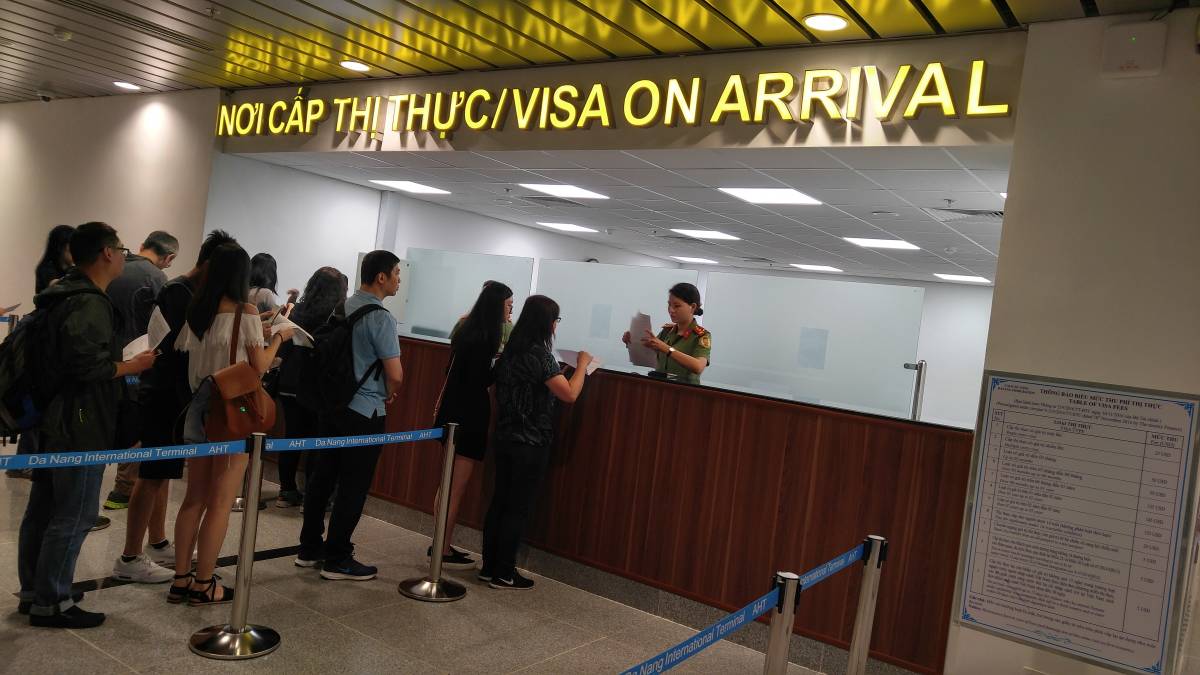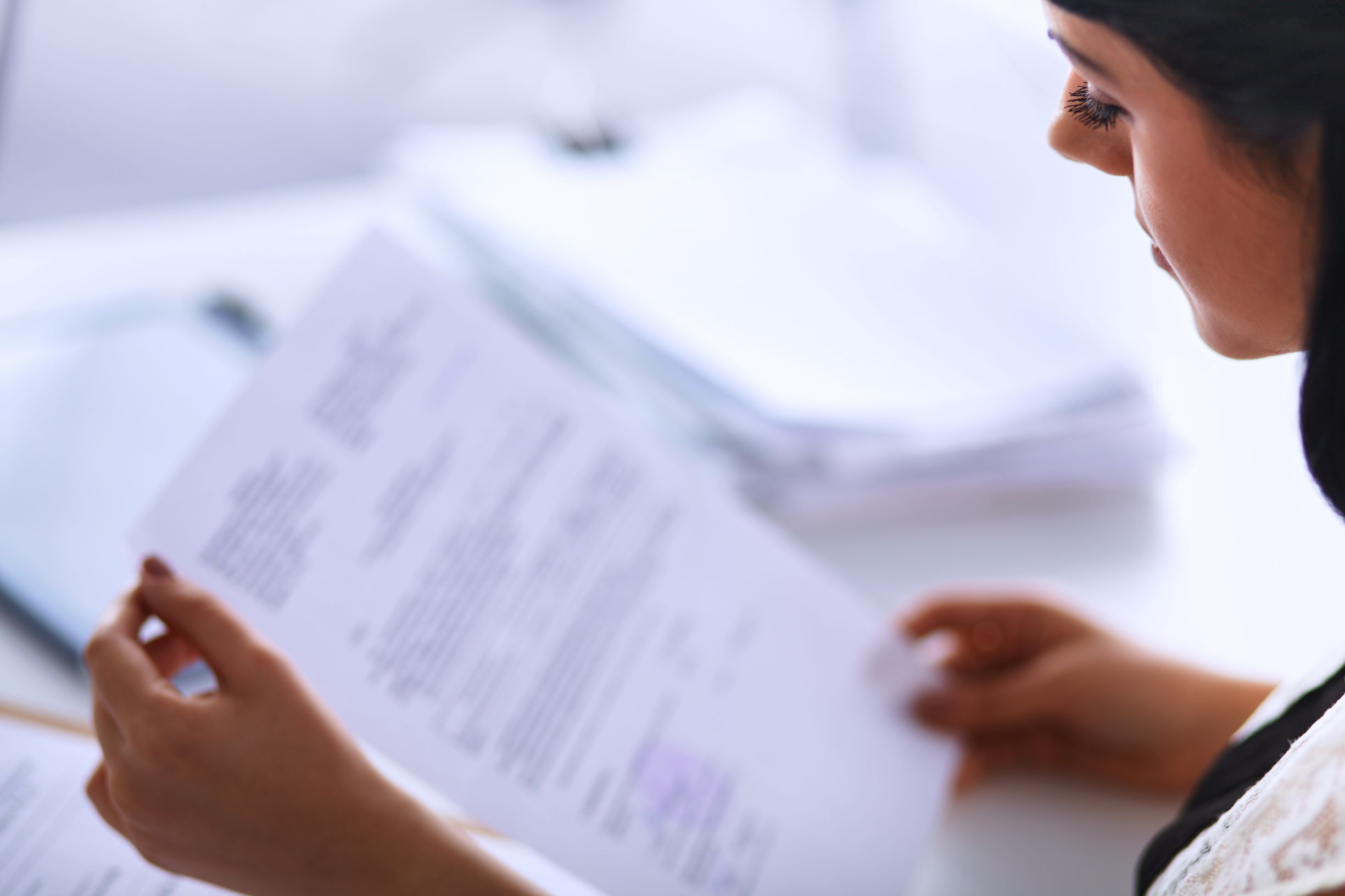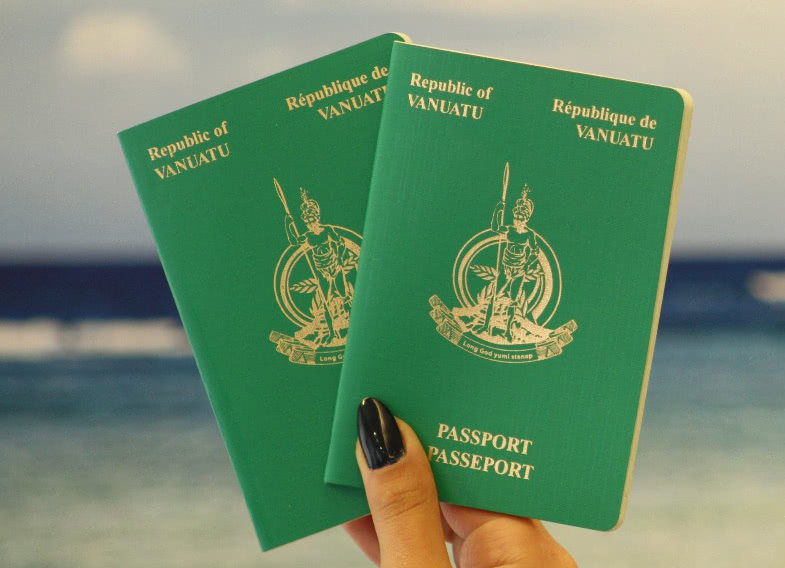September 17, 2019
Vietnam Visa
How I Learned to Stop Worrying and Got the Vietnam Visa
As a French national and as someone who has been to Vietnam; the process of getting a Vietnam visa is easier than ever. That said, this wasn’t possible before 2017 where you had to contact an unreliable third-party service to get the approval letter and submit relevant documentation. Back then, you even had to pay extra fee for arrival stamp.
Today, it ultimately comes down to meeting the right visa requirements at the right time. And as straightforward the process may be, you should be familiar with the eligibility, application, and registration process.

How I Got My Vietnam Visa
I, Maurice Lingard, a retired veteran, went to Vietnam last summer after nearly two decades to marvel at some of the most sublime islands in the word. Initially, I was hesitant to apply for the Vietnam visa as I was not an avid traveler. However, my overwhelming longing for the country and love for the people was enough to motivate the journey.
As time passed, this realization to revisit Vietnam turned into a reality for me. The empathetic behavior of the authorities towards my reasoning to go to Vietnam after teenage years certainly helped. However, deep down, I know, it was because I ensured the fulfillment of documentation and made necessary arrangements beforehand.
Vietnam Visa on Arrival

You shouldn’t rely too much on the visa exemption as it involves a couple of limitations that may thwart your plans altogether. Besides, the applicability of exemption changes almost every single year for countries. Therefore, it would be wise for you to go with the visa on arrival option to stay for an extended period of time. If your trip is planned for a short span of time, say, a one week holiday. Trust me; you’ll want to roam around the ancient streets and taste the most delicious Vietnamese cuisines.
The traditional visa on arrival is still preferable over getting stuck in the cobweb of Embassy requirements that may invariably delay your travel plans. First and foremost, you should make sure that your passport has a minimum of six months of remaining validity to apply for a Vietnam visa. Regular travelers, for instance, often head over to Phu Quoc Island first and then get a proper Vietnamese visa.
Moreover, plenty of individuals seeking Vietnamese visa get startled at the idea of e-visa. The requirements are pretty much the same as visa on arrival, but the online processing is bound to ask extra requirements from the applicants.
Contrary to popular misconception, your Visa Approval Letter, for example, is not the same as e-visa. In fact, specified letters can be issued by a private traveling agency instead of the Vietnamese government. Also, make a note of the fact that visa on arrival applies to major international airports of Vietnam such as Saigon, Hanoi, and Da Nang, etc.
The Application Process
Here’s a simplified application process to get a visa on arrival for Vietnam:
1. Apply and Get an Approval Letter

Initiate your travel journey by applying for an approval letter through a local travel agency. The processing would just take about two (2) working days to confirm. Similarly, you can get standard processing & rush service at a nominal fee. Once your credentials are established, you can start communicating with your travel agency to handle the requested information.
Furthermore, you should actively participate throughout the process to find out regarding any possible delays or other information asked by the government. There’s no need to panic here; the information could just be about providing a scanned copy of your passport. To comply with more added information, you should plan your flight proceedings in advance.
Also, one of the most valuable things I learned is making the right decision to choose a visa agency. Many of them are nothing but scams and provide unprofessional service. Hence, go for an online visa agency that has a reliable track record when it comes to processing approval letters.
2. Make a Hard Copy of Your Approval Letter
Now, this may sound like an insignificant task, but it can make all the difference. Once your agency mails you the letter, you should be ready to make at least 2-3 copies of it for safekeeping. I wish someone had told me this because you have to provide a copy at the airport and another upon arrival to local authorities.
3. Make Necessary Flight Arrangements

A lot of the travelers presumptuously make the mistake of booking flight tickets in advance. You should, however, wait for the visa approval letter and then book the flight to Vietnam.
4. Time to Arrive in Vietnam
Your first course of action after arriving in Vietnam should be to head over to the visa-on-arrival window and make a humble request for an application form. So long as you can provide Visa Approval Letter, Passport, and attested photos, you’ll be processed quickly.
After that, you can fill out the visa paperwork and note down a vital piece of information such as passport number, issuance, and expiration date. A 4×6 photo is generally required from the visa application office. You should make another copy just to be safe.
If you lost or forgot to make the photographs, airports have photography studios that can take and render your photos in no time. All that is to remain for you is to wait for your name to be called, and once it does – you will receive the passport with an added visa sticker on a page.

5. Don’t Forget to Pay the Visa Fee
Lastly, you’ll just have to pay a visa fee upon arrival in Vietnam. On average, the fee is set at the US $25 per individual. It’s okay to make the payment in another currency, and you’ll get the change as per exchange rate. In hindsight, a visa page will be added to your passport after making the stated payment. And thus begins your journey to visit Vietnam.






